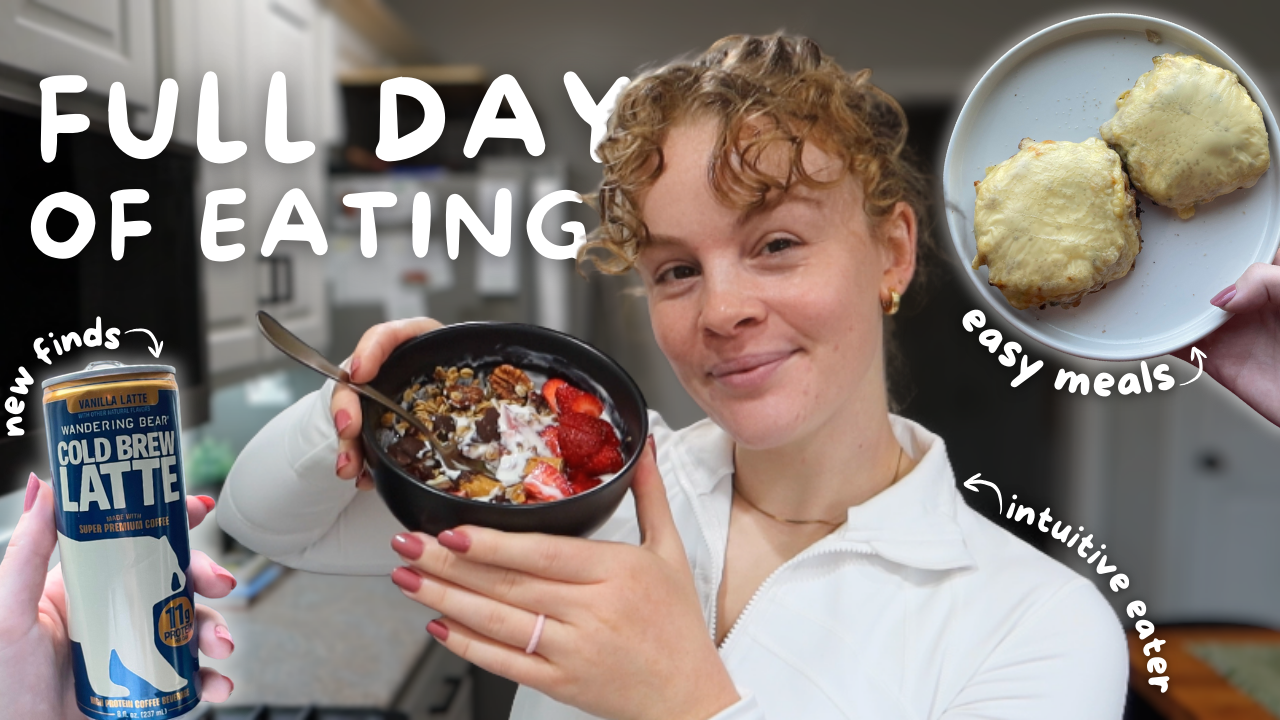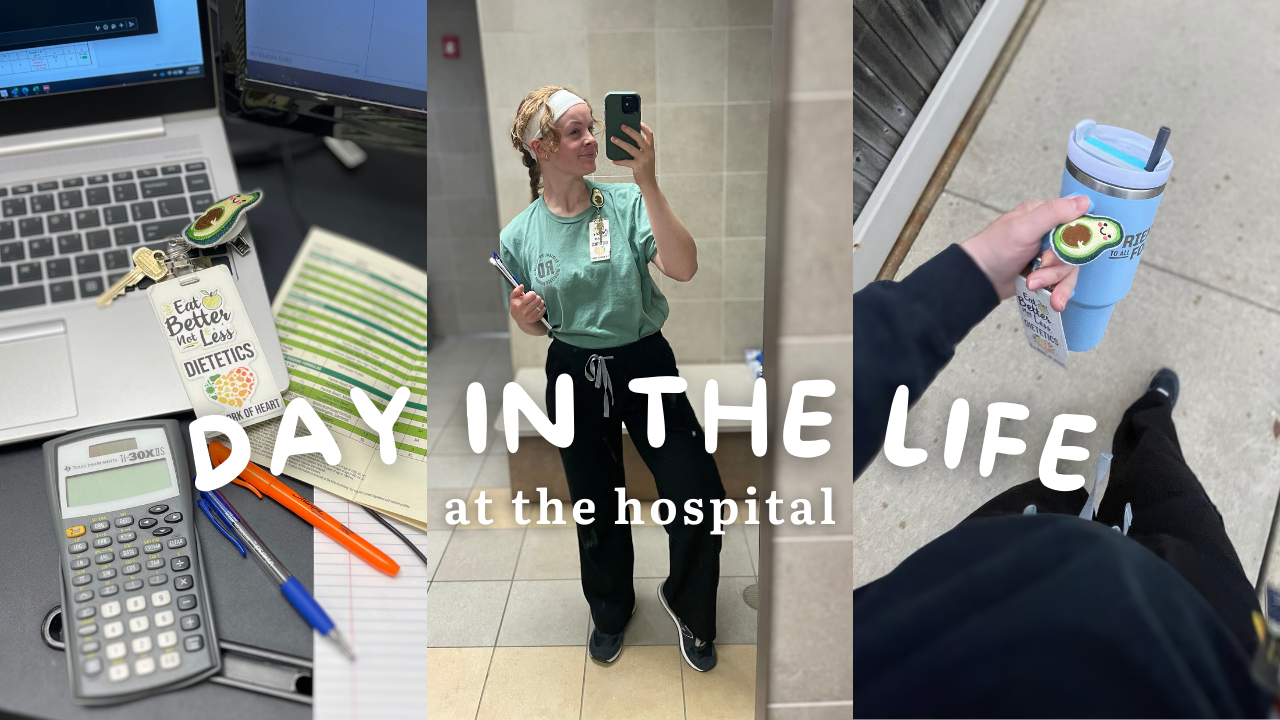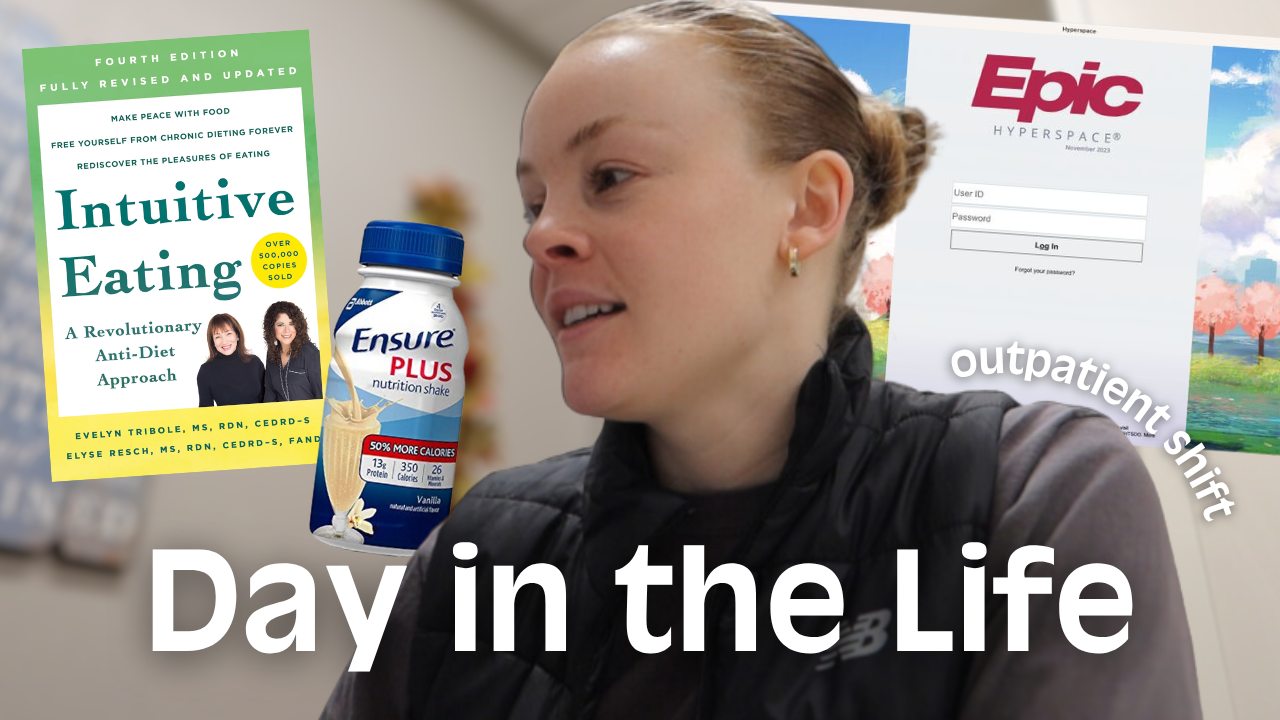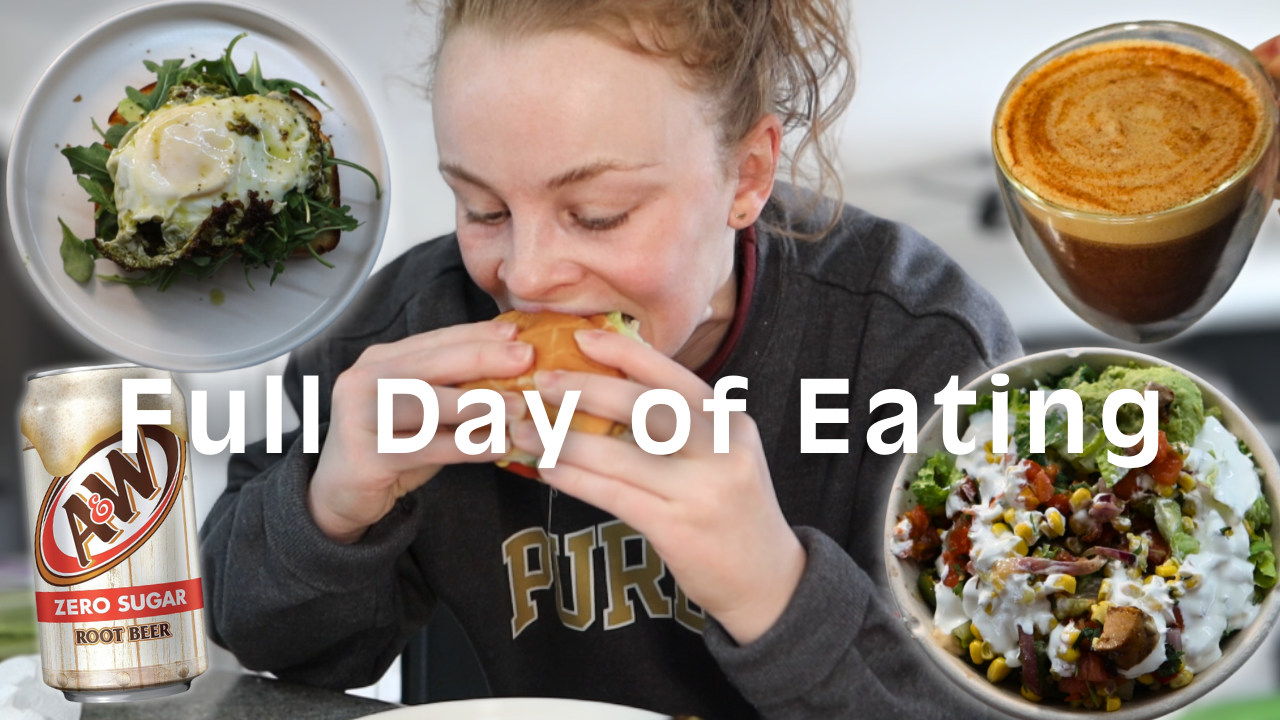Dietitian’s Tips to Raise Your HDL (aka “good” cholesterol)
Curious about how to raise your HDL cholesterol (aka the “good” cholesterol) with nutrition and exercise? In this post I share dietitian-approved tips to increase your HDL levels.
You may have been told that a strict diet and exercise routine is necessary for improved labs values. However, if taken to the extreme, this can actually worsen your labs. It is very possible to increase your HDL cholesterol without restriction or cutting out your favorite foods.
Table of contents
What is cholesterol?
Cholesterol is a waxy substance found in all cells of the body. Your body needs cholesterol for various functions including building cells and making vitamins and hormones.
Your liver makes all the cholesterol you need. The remainder of the cholesterol in your body comes from animal foods such as meat and dairy.
Cholesterol can be found circulating in your blood. Again, we need some cholesterol for bodily functions. However, too much cholesterol in our blood can increase our risk of cardiovascular diseases such as heart attacks and strokes.
Does dietary cholesterol raise blood cholesterol levels?
Scientists have heavily debated for years if the dietary cholesterol that we eat raises our blood cholesterol levels. Previous federal dietary guidelines recommended limiting consumption of dietary cholesterol to 300 milligrams per day. The current guidelines instead suggest keeping dietary cholesterol consumption "as low as possible without compromising the nutritional adequacy of the diet."
Does this mean that you could eat a dozen eggs and three cheeseburgers daily without impacting your blood cholesterol? Of course not. Rather, this recommendation suggests that there are many other factors at play when it comes to your blood cholesterol levels. Genetics, dietary fat and fiber intake, and physical activity are just a few of the other factors that can influence your labs. We don’t just eat cholesterol in isolation - we eat meals and snacks with endless combinations of nutrients.
In short, dietary cholesterol does not seem to have a direct impact on blood cholesterol levels. As a non-diet dietitian, I strongly recommend a balanced, flexible approach with plenty of variety in your food choices.
Related: Managing Your High Cholesterol Levels with Intuitive Eating
How are cholesterol levels tested?
Cholesterol levels are assessed through a blood test known as a lipid panel or lipid profile, which typically measures LDL and HDL cholesterol as well as total cholesterol and triglycerides (which are not a type of cholesterol).
HDL vs. LDL
Cholesterol comes in two primary types: low-density lipoprotein (LDL) and high-density lipoprotein (HDL). LDL is commonly referred to as the “bad cholesterol” because it can contribute to the buildup in your arteries. HDL, referred to as the “good cholesterol”, helps the body get rid of excess LDL cholesterol to prevents arterial build up. In this way, healthy HDL levels may decease your risk of heart disease.
What are healthy HDL levels?
The reference range for serum HDL (HDL in the blood) is 40-60 mg/dL. It is recommended that men/those assigned male at birth have levels of at least 40 mg/dL and women/those assigned female at birth are at least 50 mg/dL.
HDL levels greater than 60 mg/dL are considered excellent, though in some instances, extremely high HDL (greater than 100 mg/dL) may no longer offer their heart-protective effects and can accelerate the buildup of plaque in arteries (a condition known as atherosclerosis).
How to raise HDL levels
Exercise
It’s likely no surprise to hear that exercise is good for you. Specifically, aerobic exercise such as walking, running, or cycling, can boost HDL levels. This is partly due to the enzyme lipoprotein lipase (LPL), which is increased by exercise and plays a key role in HDL formation. Additionally, exercise can improve the functionality of HDL particles, making them more effective at removing cholesterol from the arteries.
I recommend something known as joyful movement, which endorses exercise that is not at the expense of your mental health. There is no place for using exercise as punishment or as a way to “make up” for what you ate the day before.
Stop smoking
Tobacco smoke lowers HDL, and quitting can increase HDL levels.
Gentle nutrition
When it comes to using nutrition to boost your HDL levels, I generally endorse an intuitive eating approach to manage your cholesterol without dieting or cutting out your favorite foods. Intuitive eating involves learning to listen to your body rather than relying on food rules to dictate your food choices. There are ten total principles of intuitive eating and I recommend reading this post to learn more about how intuitive eating can be used to treat chronic conditions.
Gentle nutrition is the tenth principle of the Intuitive Eating framework. Gentle nutrition is a flexible, non-diet approach to healthy eating. Rather than aiming to eat as little as possible, this approach utilizes a combination of your body’s wants and needs along with your nutrition knowledge.
Here are a few ways that you can increase your HDL using gentle nutrition:
Related post: Honor Your Health with Gentle Nutrition
Gentle nutrition: limit alcohol consumption
Alcohol can impair the liver's ability to produce and process HDL, and can also lead to increased levels of triglycerides, which can negatively impact HDL levels in the blood. Check out this post to learn more about how alcohol may (or may not) be a part of your intuitive eating journey.
Gentle nutrition: choose fats high in omega-3s
A diet rich in omega-3 fatty acids may help you raise your HDL cholesterol. These unsaturated fats can be found in fatty fish, nuts, seeds, and liquid oils such as olive oil, avocado oil, and canola oil.
Choose mainly lean protein sources such as poultry without skin, lean cuts of beef and pork, seafood, and plant-based proteins such as beans, lentils, and quinoa. Plant-based protein foods often contain fiber as well, which is great for lowering LDL cholesterol.
Gentle nutrition: increase fiber intake
While fiber may not directly increase HDL, soluble fiber can help to lower LDL cholesterol levels and improve your total cholesterol value. Sometimes referred to as viscous fiber, soluble fiber absorbs water in the stomach to form a thick, jelly-like mass that moves through the intestines and “grabs” cholesterol to be excreted.
Fiber is only found in plant-based foods. Animal products like meat, dairy, and eggs do not contain fiber. Foods that are high in soluble fiber include asparagus, oranges, legumes, oats, sweet potatoes, and brussels sprouts. Increase your fiber intake slowly and be sure to drink plenty of water to prevent constipation.
Related post: Are You Eating Enough Fiber?
Bottom line
It is possible to raise your HDL cholesterol levels without a strict diet or workout routine. By incorporating joyful movement, adding in fiber and unsaturated fats, and limiting alcohol consumption, you may be able to boost your HDL.
What did you think of this post? Leave a comment below!
Disclaimer: this post is for informational and educational purposes only and is not a substitute for professional medical advice.
































































